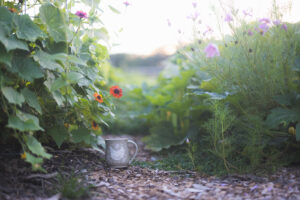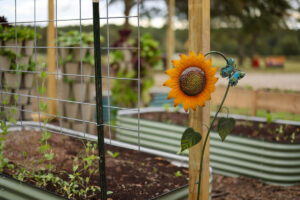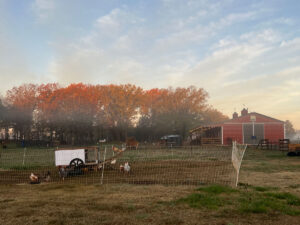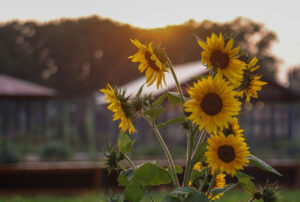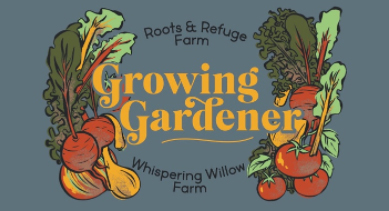Congratulations, home gardener! It's time to harvest vegetables! It’s been a productive year. You took the time to make a garden plan, invested in purchasing the best seed, started seeds indoors to transplant into your garden, and lovingly tended each plant to watch it bear fruit.
Now is the time to enjoy the fruits of all of this labor, and harvest vegetables to can, roast, make soup, a salad, or simply enjoy straight from the vine!
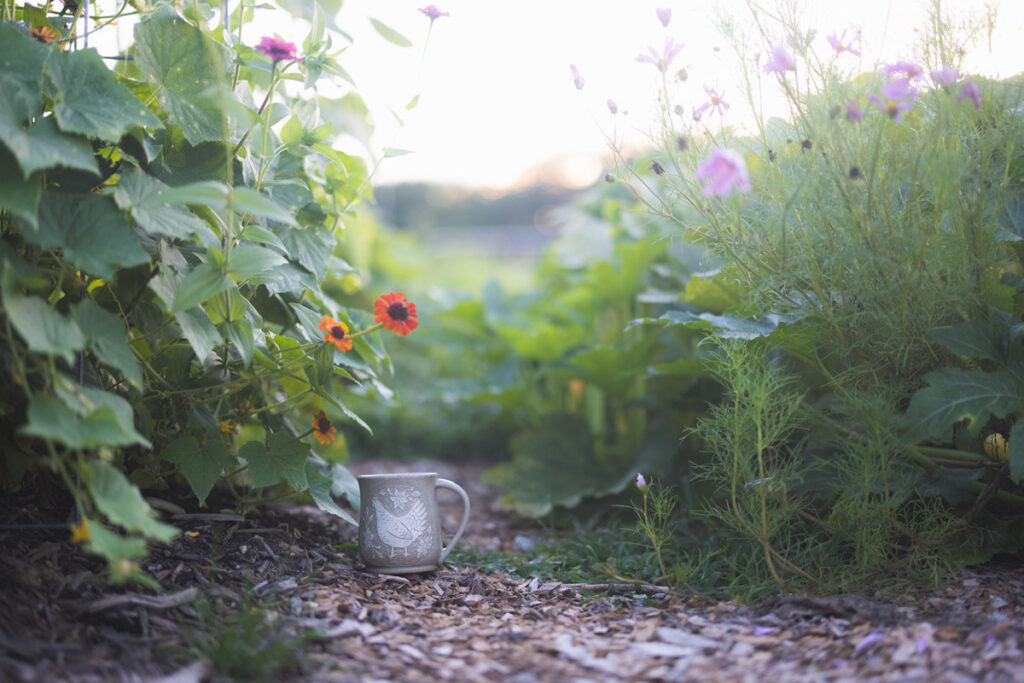
Why Timing Is So Important
For those of you who know me, it’s commonplace to find me in the garden with my morning coffee in hand (learn how I make my pour-over coffee here). While this practice is so good for the soul, it’s also good for the garden.
Keeping in touch with your garden daily (when possible) will allow you to keep track of progress, and not miss those critical windows for a perfect harvest.
The Best Time to Harvest Vegetables
When the Summer Solstice passes, the days are at their longest. This allows the garden to grow the fastest it will grow all year. It’s wild and beautiful, ready to harvest, and I love it!
I prefer to harvest most of my garden early in the morning when the water content is higher. The best time is after the dew has dried and before the sun touches the fruits and vegetables. This is especially true for leafy greens, beans, cucumbers, and squash.
However, there are a few exceptions (such as tomatoes and peppers) when a lower water content is preferable. For these, I usually wait until there have been a few dry days and then pick them in the heat of the day, allowing the sugar content to be at its highest concentration, yielding optimum flavor.
How to Harvest Vegetables
Bear in mind that when it comes to identifying mature fruit, bigger isn’t always better. The best way to learn when your crops are ready is to simply taste a sample before you harvest.
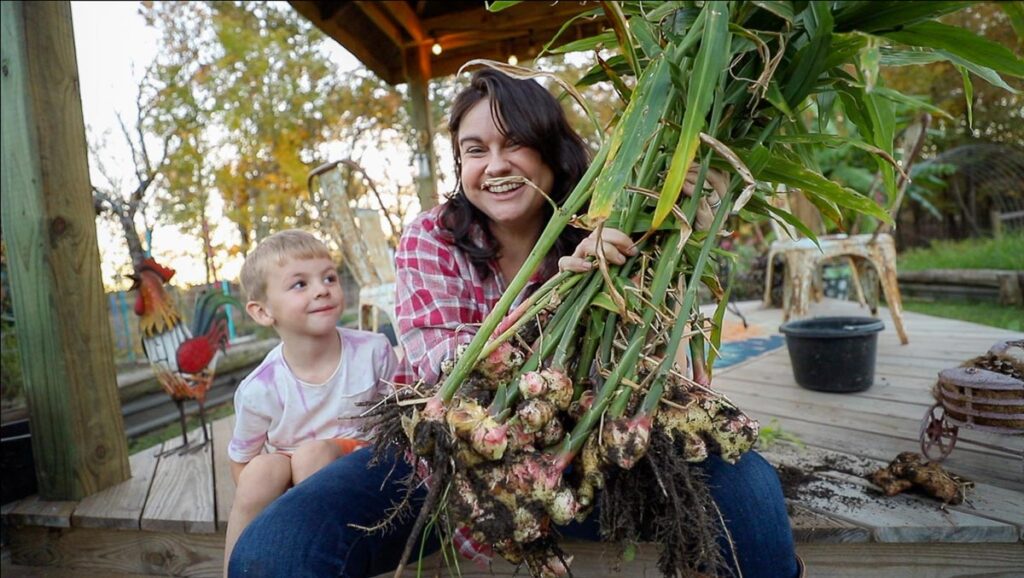
Alliums
Examples of vegetables in the allium family are onions, garlic, leeks, and chives. The leafy green tops of garlic, onions, and leeks will start to dry out and die back when it's time to pick.
At this point, the papery skin will be intact and won't continue to grow much more. The papery protective skin needs to be intact, and it is not recommended they be left in the ground too long (or for storage).
Dig them up, brush away the excess soil, and let them dry out a bit, then hang them up to dry for a few days.
Pro-Tip: Garlic and leeks produce a scape (which looks like a long, slightly curled vine, with a little bulb near the top) that is edible. I will pick those off, chop them up and cook them to give savory dishes a depth of flavor.
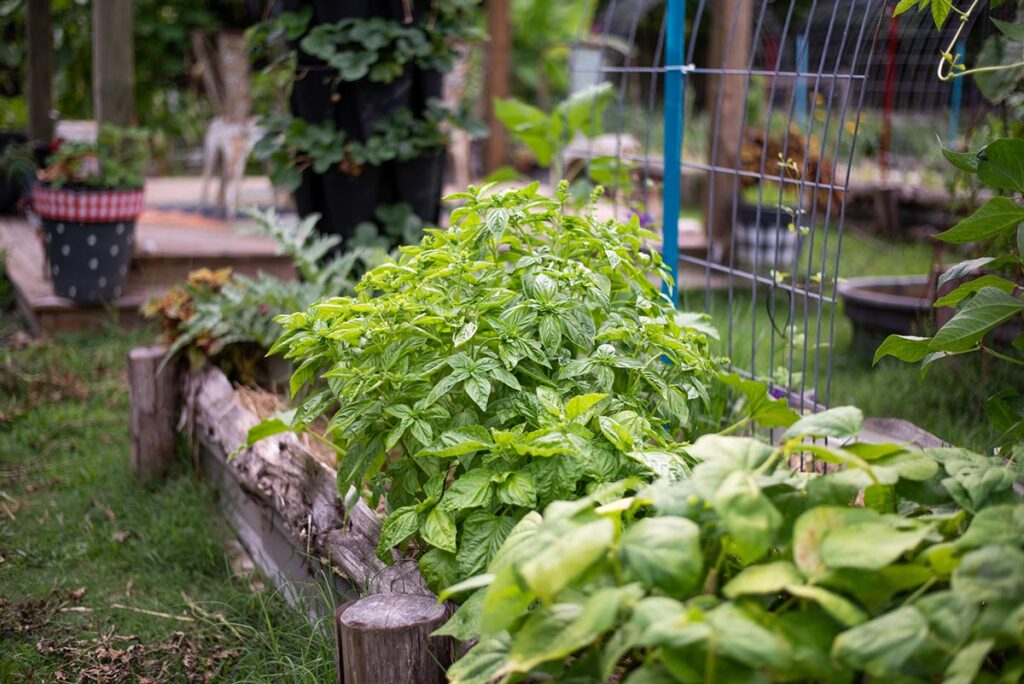
Basil (and other Leafy Herbs)
If you allow your plant to go to seed, it will change the flavor of your herbs, making them bitter. For this reason, I like to pick the flowers off my basil so it will stay sweet. The flowers are edible, and you can use them in your favorite dishes.
To harvest leafy herbs, you are essentially pruning at the same time. Pinch the leaves from the top of the stem that are in a cluster (in the armpit of the plant) connected to the main stalk of the plant.
This will encourage the plant to grow bushier and you'll be able to harvest more off of one plant. Having an abundance of basil not only allows for the enhancement of savory dishes like my farmhouse quiche recipe but also to make refreshing basil iced tea!
Pro Tip: There are some plants (like Thai basil or cardinal basil) that are not true basil but medicinal Tulsi. I allow these plants to flower for better flavor.
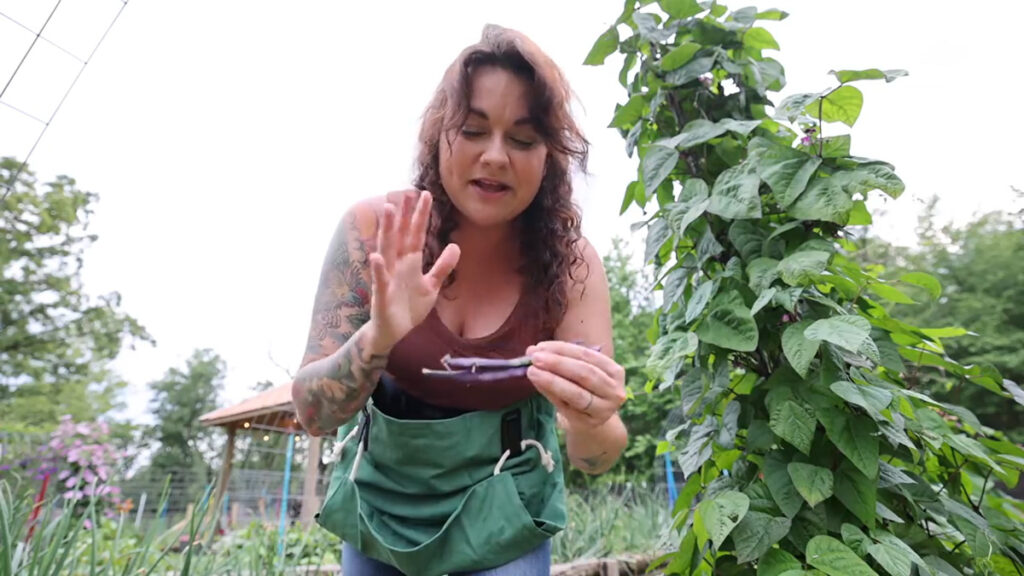
Beans
When growing snap beans, green beans, noodle beans, etc., the bean will put out a tiny pod and grow several inches long to an optimum size according to the variety. I closely watch them to harvest them at peak flavor, especially when we eat them fresh.
When growing beans for shelling or drying, leave them on the vine until they have dried up and the seed (bean) inside the pod becomes fully mature and hardens (more on this below).
When harvesting vegetables for seed, allow the bean to become oversized. They will be tougher, more fibrous, and stringy, making them unpleasant to eat. These beans you can harvest and dry for future planting.
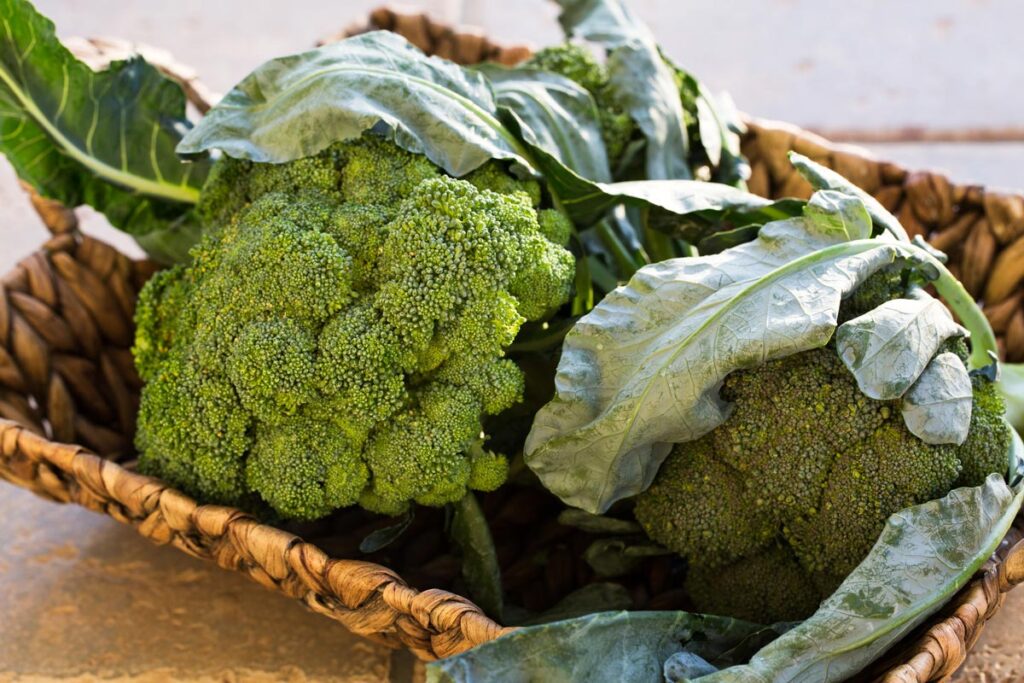
Brassicas
Examples of vegetables in the brassica family are cabbage, cauliflower, broccoli, and brussels sprouts.
The window of opportunity with brassicas can be short. Keep an eye on them so they don't flower, and the buds are closed. You will have optimum flavor and texture by harvesting them before they flower.
When brassicas produce a nice tight head, fill out, and are the color of the variety grown, harvest with garden shears.
Sometimes side shoots will grow, and they may need extra time to become a decent size before cutting.
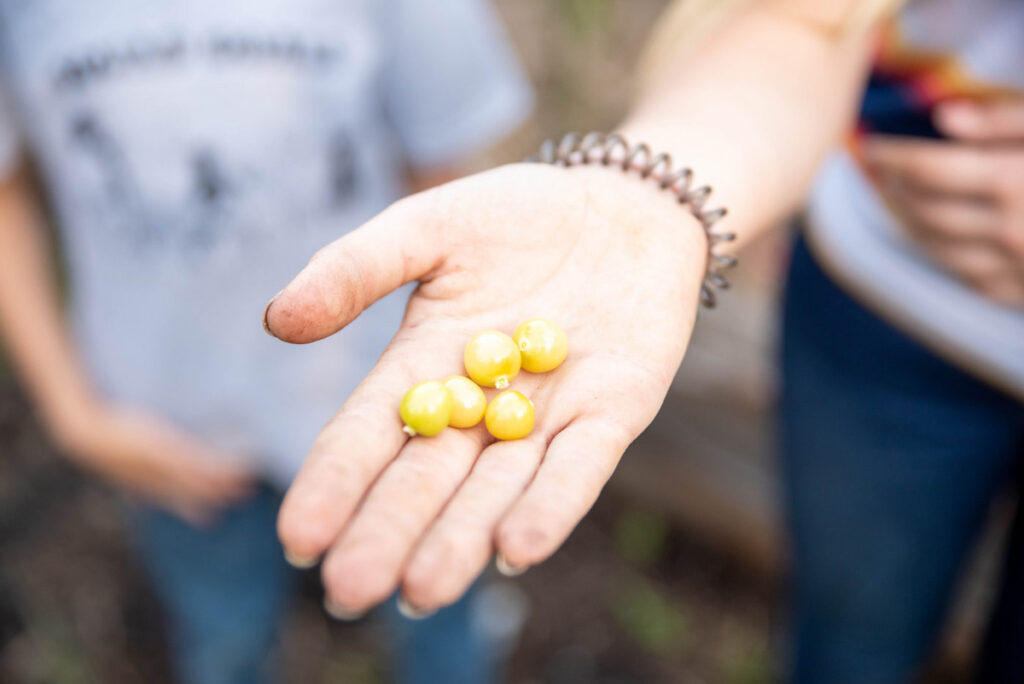
Cherry Tomatillos
Often called “ground cherries,” a cherry tomatillo is a small yellow cherry tomato in a papery husk that falls to the ground when ripe and ready for harvest. They generally grow to a size that will split the husk and fall to the ground.
If they are yellow, the husk is split, but they are still hanging on to the plant, I will gently move it with my fingers in my hand, and it usually falls off with ease. When the fruit doesn’t come off easily, wait a day or two so you pick them at peak flavor.
Pro-Tip: When pests are an issue on the ground where they fall, I use a fabric-type ground cover or plastic to protect them.
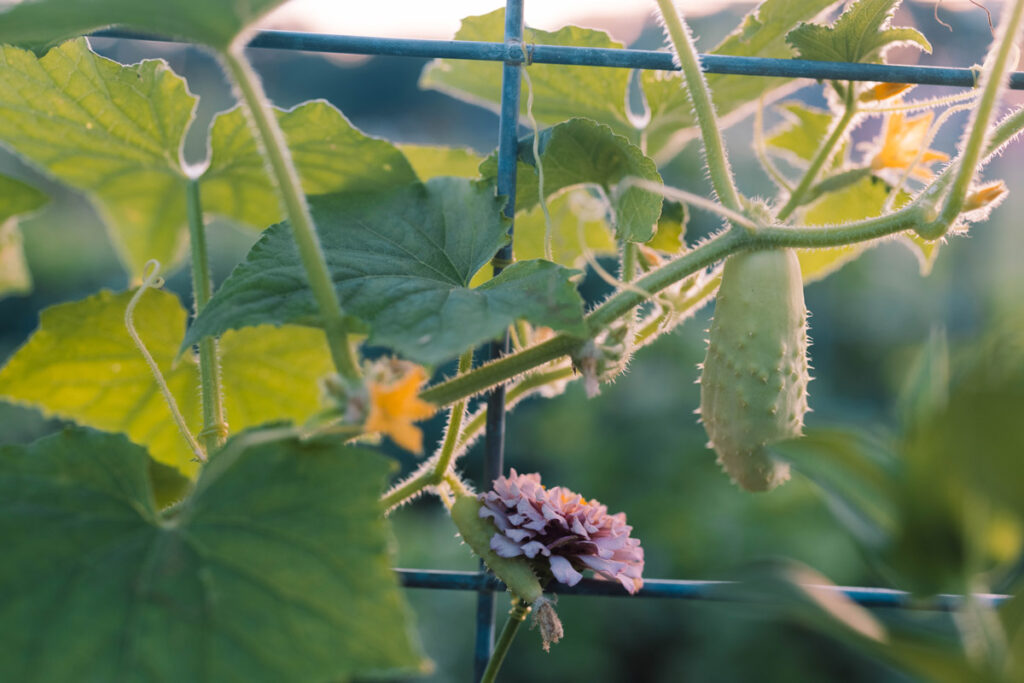
Cucumbers
Cucumbers can become bitter and full of large seeds if you wait too long to pick them.
Harvest with garden shears at the recommended size and color stated for that variety, usually when they are younger and at peak flavor. There will be differing sizes for pickling cucumbers versus slicing cucumbers.
Pro-Tip: If you are waiting for a sufficient amount to pickle or use in another way and you don’t have the quantity needed, you can either make refrigerator pickles or soak them in cold water for 20 minutes, dry them, bag them up, and put them in the refrigerator. An old man once told me he called it “soaking the heat off,” I still say that fondly to this day.
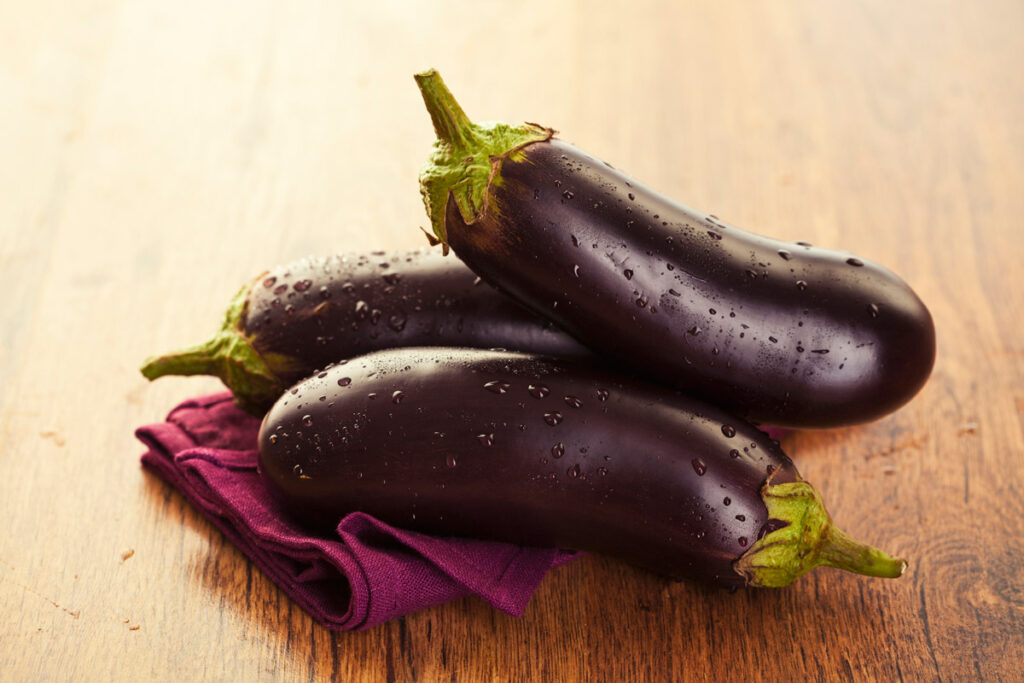
Eggplant
Left on the plant too long, the eggplant becomes spongy, tough-skinned, and has large seeds. When the eggplant’s skin becomes fully colored, glossy, and gets to the recommended size for that variety, I pick them.
Eggplant can be difficult to harvest by hand. I recommend using garden shears to remove eggplant from the vine so that the fruit does not become damaged.
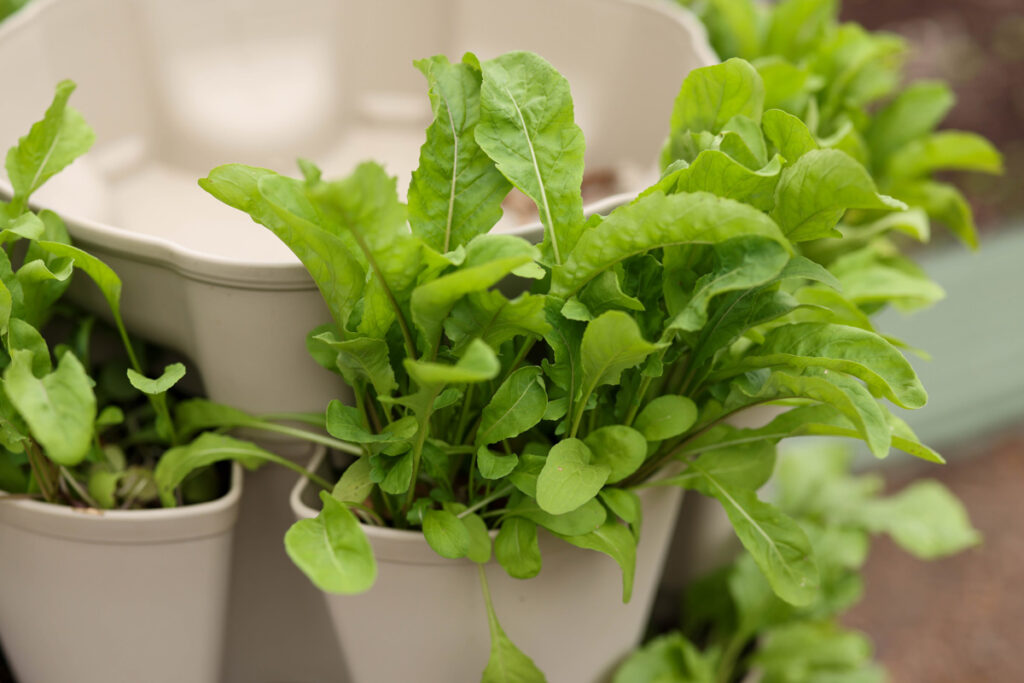
Leafy Greens
I love growing leafy greens in my Greenstalk Vertical garden (check out Greenstalk Planters here and use code “ROOTS10” for $10 off your purchase). Plus, you can grow salad greens directly in soil bags all winter long!
Lettuce, Swiss chard, kale and other leafy green tops (such as turnip or beet greens) should be harvested using garden shears to cut the outer leaves from the bottom of the plant.
Because these leaves are closer to the ground, they are prone to insects and disease. It also causes the leaves on the top of the plant to keep growing and produce more leaves for harvesting.
Kale is so hardy you can harvest almost every leaf down to the stump, and it will continue to produce more leaves. However, it’s best to take the older leaves first and keep the leaves in the middle so they can photosynthesize and continue to produce.
Pro-Tip: All greens benefit from a good soak in cold water to rehydrate and not wilt. Cold salt water is even better to get soft body, creepy crawling insects out of your greens.
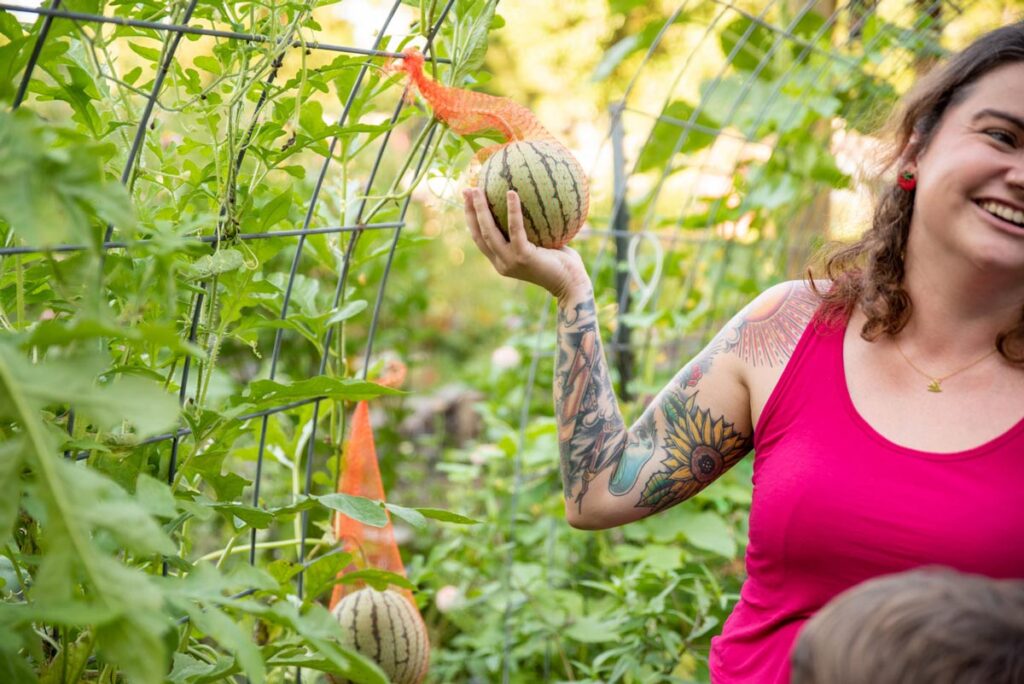
Melons
Muskmelon varieties such as cantaloupe, honeydew and kajari (pictured above) are easy to grow and can reach several inches in diameter. They simply fall from the vine when ripe.
Pro-Tip: To protect muskmelons from damage, I support them using an unraveled loofah from the dollar store or some kind of mesh. I keep them connected to the vine and tie them to a trellis as they grow so when they ripen they don't fall to the ground and split or become infested with insects. To learn more about trellising melons and other vegetables, check out how to use trellises in the garden.
Watermelons don't fall from the vine and lie on the ground to ripen, making them a little trickier to know when to harvest.
I have found when the stem starts to shrivel and dry up, you can tell life is not being pumped into that watermelon anymore. Just twist the melon with your hand, and it will usually pop right off the vine. Another good tip is to look at the curling vine closest to the stem. If that has curled up and died, your melon is ready to pick.
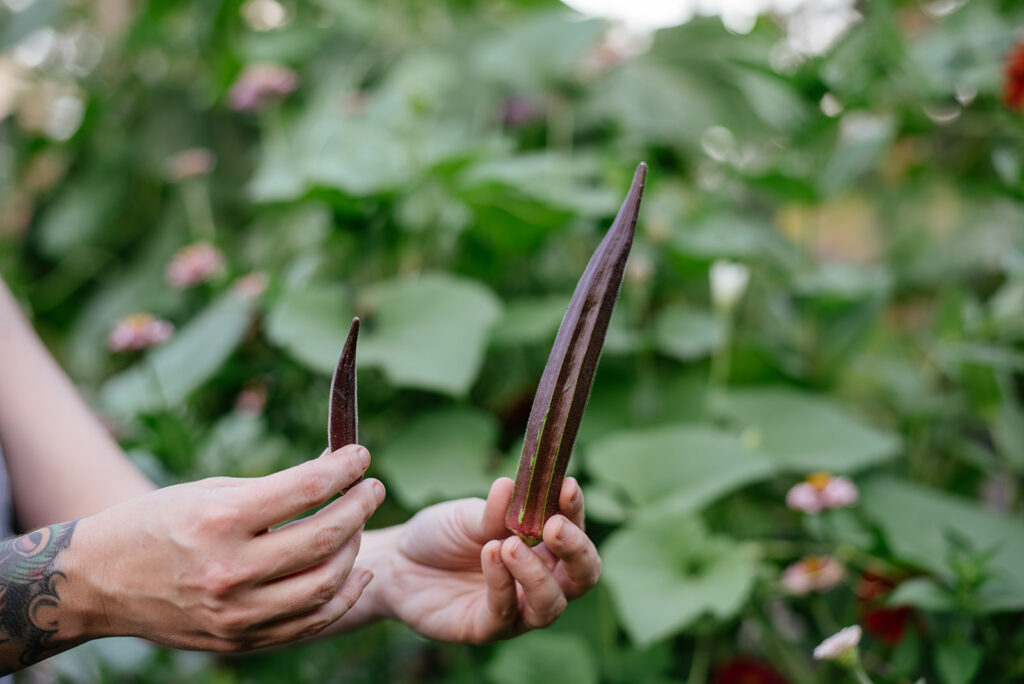
Okra
My experience with Okra is to pick it when it’s tender and a bit on the smaller side.
Okra can develop quickly from a delicious tasty vegetable to a woody, wolverine claw several inches tall, fibrous and bitter. I will harvest with gardening shears when they are coming on strong in the morning and the evening.
The plants can become massive, so I stay on it as they become the right size for peak flavor and texture. I pay attention to each variety grown as they are specific in size and color.
When harvesting for seeds, leave them on the plant and let them grow to a large, woody size. Pro-Tip: Some of my favorite varieties that I find to be more forgiving if left on the stalk a little longer are Star of David, Texas Hill Country, and Ole Alabama Red.
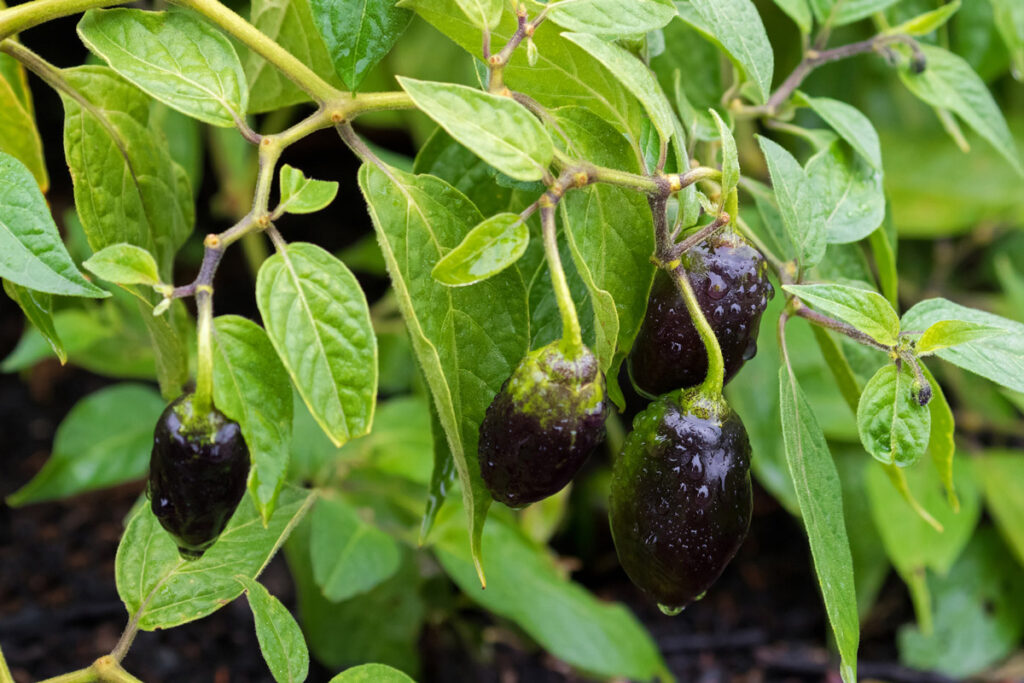
Peppers
The nature of peppers is when they start setting fruit you can harvest and eat them. However, if allowed to ripen longer, sweet peppers (such as bell peppers) change to the color of the variety grown and will taste sweeter.
Jalapenos can be picked green. Usually, they are red or yellow, depending on the variety, when fully ripe. Bear in mind the heat increases with time, color, and growth on the plant.
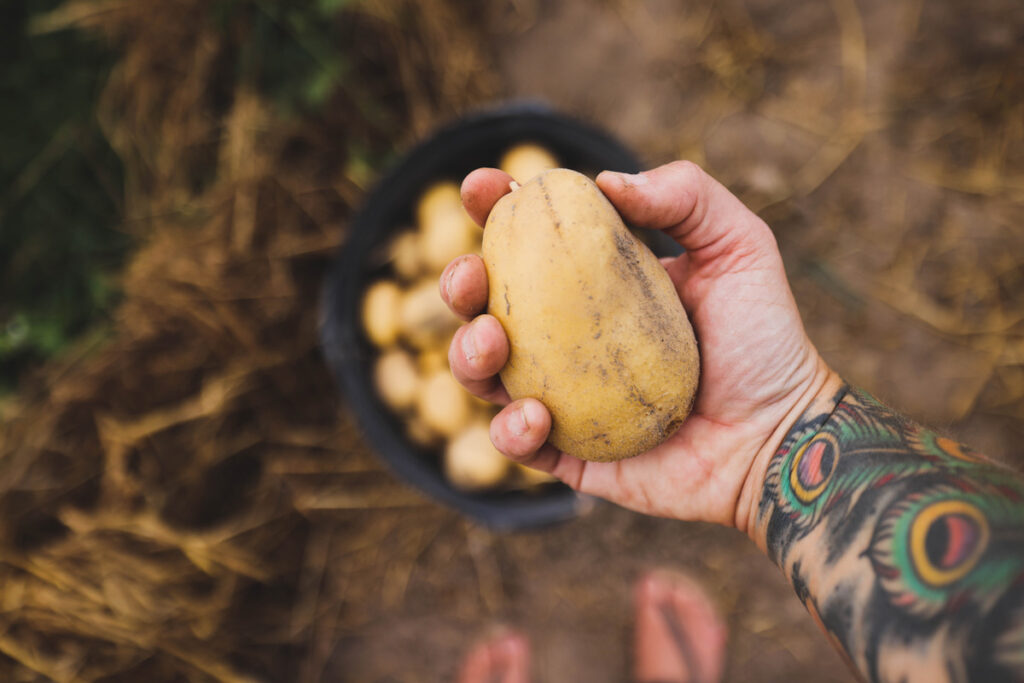
Potatoes
Wait until the greens of the potatoes flower, and then they will start dying back, turning brown, and laying down.
Harvest potatoes by digging them up and store them in a cool, dry place.
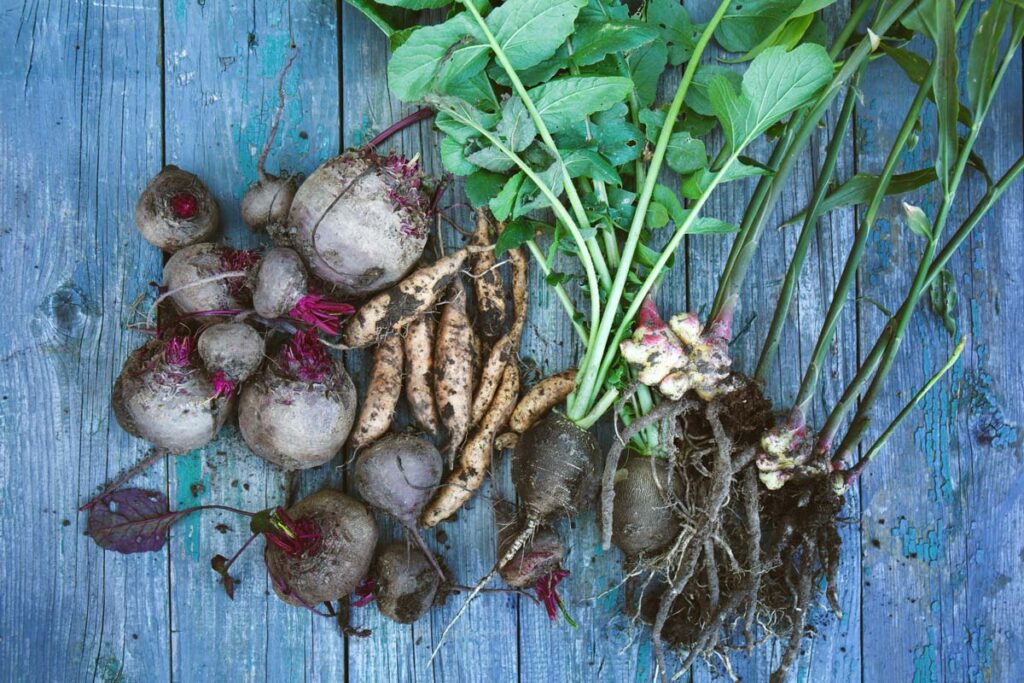
Root Vegetables
Examples of root vegetables are carrots, beets, radishes, turnips, and rutabagas. They do not prefer hot weather for harvest.
Brush away the soil on the shoulder of these vegetables to check the size. When it is the peak size recommended for that variety, I gently pull them up and brush off the excess soil.
When overgrown in size, root vegetables can become mealy or bitter (or hot in the case of radishes). Harvest vegetables when younger for optimal taste and texture is preferred.
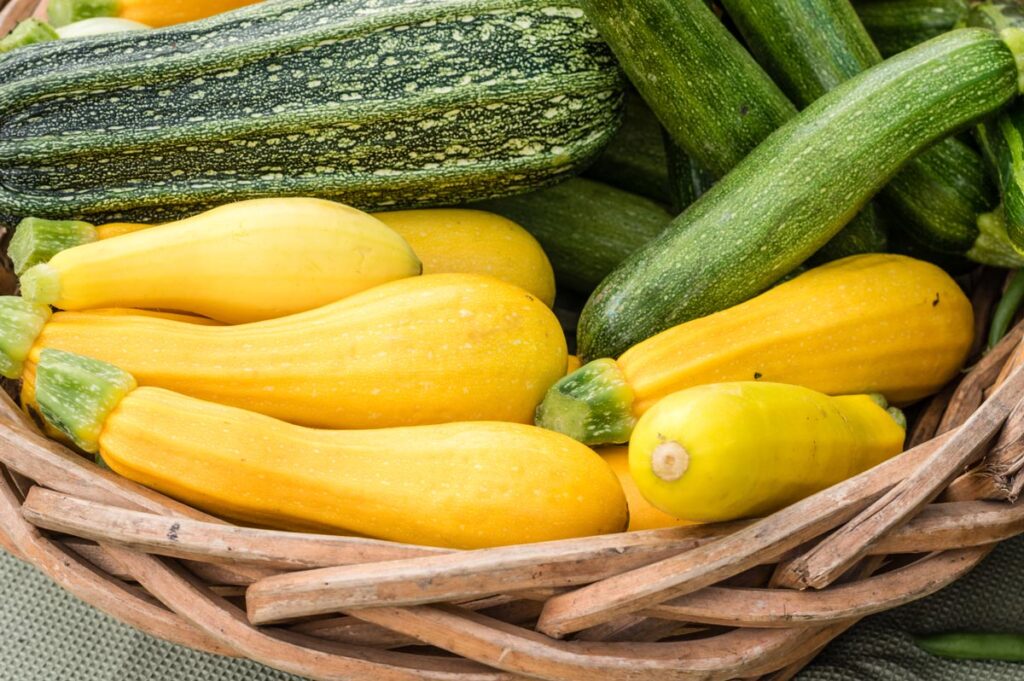
Summer Squash
Summer squash (such as zucchini, patty pan, and crookneck varieties) is softer skinned, tender, and moist.
Summer squash can grow quickly and, when overgrown, tend to have spongy flesh, large seeds, and a tough outer skin that is undesirable.
I pick when they are the recommended size for that variety.
Pro-Tip: Squash is so prolific. I find harvesting at peak size gives the best flavor and is great for grilling, sauteing or kabobs. You can use larger ones if you want to pickle or ferment squash.
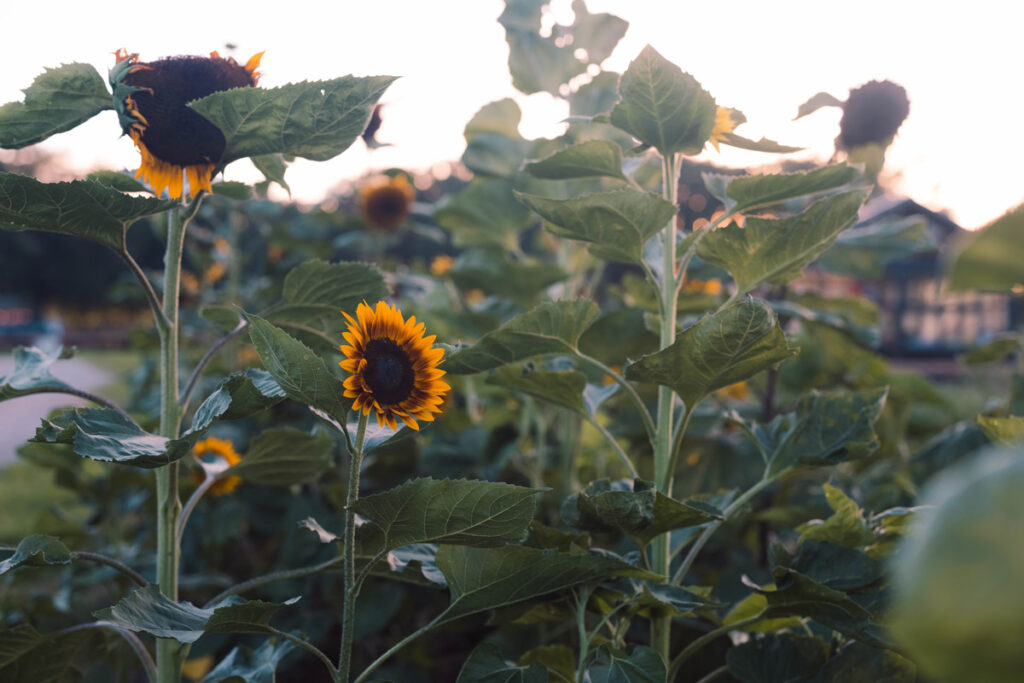
Sunflowers
Planting sunflowers in your garden is an easy way to encourage pollinators and add beauty. If you enjoy growing cut flowers for your table, harvest them as they bloom.
If you are seeking sunflower seeds, leave them growing to allow the heads to get larger. The petals will dry up, and the head will droop forward because it’s heavy with seeds.
Protect the seeds from birds by covering and tying the heads with a tulle net bag, pillow case, or some type of fabric, whatever works for you.
Watch for the back of the sunflower to turn brown to signal the seeds are ready for harvest. Remove the protective covering, and pick the seeds out of the head with your fingernail.
Pro-Tip: Patience is key. It takes a while for sunflower seeds to be ready. You can harvest the seeds, brine them (if you choose to eat them), let them dry out, and eat or plant them for next year!
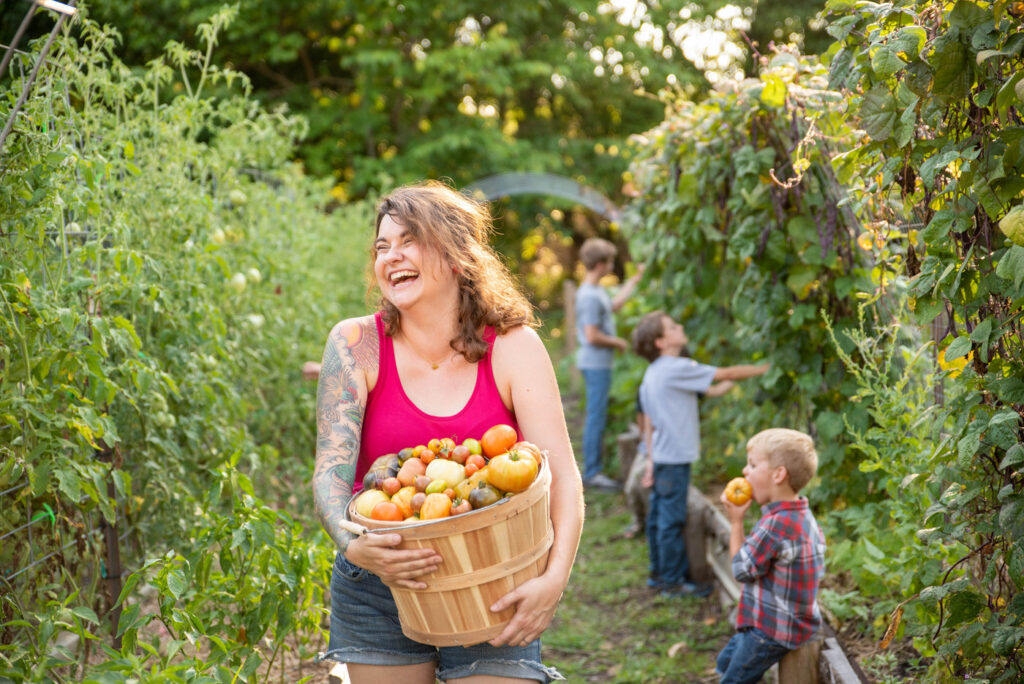
Tomatoes
Tomatoes are my favorite thing to grow in the garden. So much so that I have enjoyed sharing with you the difference between determinate and indeterminate tomatoes, how to plant tomatoes, how to prune tomatoes, how to get rid of tomato hornworms, how to identify and treat tomato blight, and now how to harvest them.
When the color changes from green to whatever the color of the variety you’ve grown, tomatoes are ready to harvest. I will use garden shears to harvest them after they are ripe.
I leave my tomatoes on the vine in drier weather for peak flavor before picking. Gathering them in the heat of the day ensures the highest concentration of sugars, therefore flavor.
However, if the forecast shows rainy weather coming, I will pick them slightly green on the shoulder of the fruit rather than have them lose flavor or split from the wet weather.
I squeeze them if it’s a green variety (such as Aunt Ruby’s German Green or Malachite Box). If they are softer but not mushy, I know they are also ready to pick.
Pro-Tip: Sometimes I have a few unripened, green tomatoes at the end of the season. I will make fried green tomatoes, a southern kitchen staple or green tomato relish, so no tomato goes to waste.
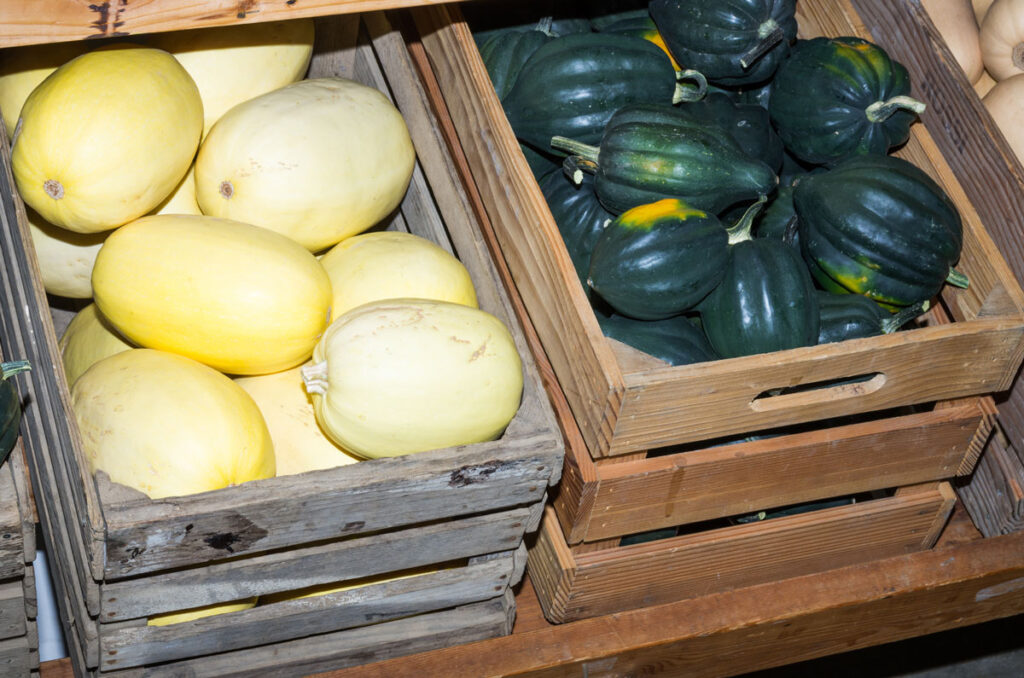
Winter Squash
It is a common misconception that winter squash grows in the winter. It’s a summer-growing variety that, due to its thick skin, stores well to eat long into the winter.
When ready to harvest, spaghetti, acorn, and butternut varieties typically have a tough skin that I will pierce with my thumbnail. If it pierces easily, I let it sit a bit longer, if it's firm and hard to dent with my nail, then use garden shears at the stem for a clean cut.
Larger varieties of winter squash (like pumpkins) require a longer cure time. You will cut them off with a long stem, set them out in the sun or greenhouse, and age until the outer rind is tough and hard. Some squash can store up to a year when cured properly.
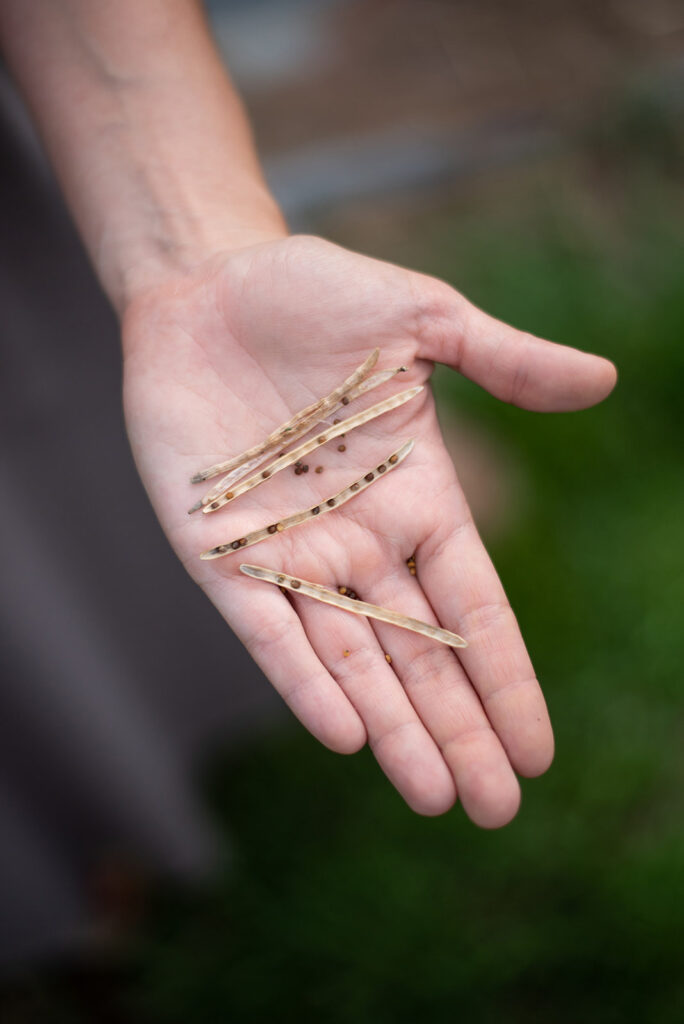
Harvest Vegetable Seeds
When choosing heirloom seeds, you can harvest seeds from most of your garden fruit and vegetables. The key is leaving them on the plant and allowing them to grow to maturity.
For a full tutorial on saving seeds, check out my complete guide to seed saving.

